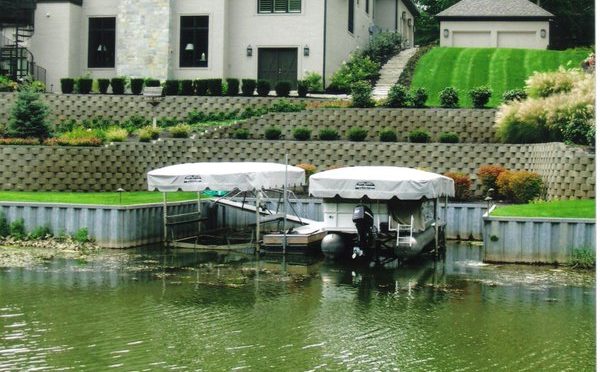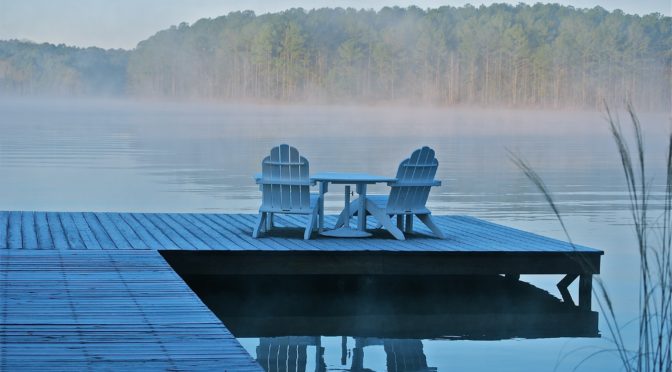Seawalls work on a variety of waterfront issues. They help facilitate proper drainage, work to prevent flooding, and are a great line of defense against erosion.
The most common seawalls are made from either steel sheet piling or rip rap (or some combination of the two). Steel sheet seawalls provide a great durability and help establish a mixed-use area above the shoreline. Rip rap, on the other hand, offers a more natural look. These types of stone barriers create a gradual transition from the land to the waterline. Both types of seawalls can work great on residential or commercial property, but only if they’re properly maintained.
Waterfront Protection and Seawalls
Lots of property owners opt for a seawall because they like the finished look it gives their waterfront. In addition to helping maintain your own property, seawalls can also benefit the shoreline in a some other important ways:
- Helps maintain proper water depth
- Works to stabilize the shoreline
- Adds an attractive transition area for property
- Provides mixed habitat for local wildlife
Of the two seawall types, rip rap create more variations in shoreline depth. This helps animals like fish and turtles get the environment they need to thrive. But for marinas that experience a lot of boat traffic, steel sheet piling seawalls tend to be best. While these designs aren’t as helpful to the local wildlife, their durability provides an ideal solution for stabilizing waterfront areas that can’t utilize rip rap alone.
Common Problems with Seawalls
Whether you have a seawall on your residential property or the structure was built on a commercial lot or community park, the questions about maintenance are often the same. In general, seawall maintenance is relatively slim. Checking the structure a couple times per year (as well as after major storms) will help you keep an eye on how it’s holding up. Yet, because seawalls don’t usually require much upkeep, a lot of people will forget to inspect them.
Hands down, the number one thing working against your seawall is time. While the seawalls are put in place to prevent waterfront erosion, they can’t stop it entirely. It’s only natural for years of erosion to disrupt your seawall’s stability. For rip rap seawalls, the most noticeable issues will be dislodged stones, or a general slumping of the barrier. The concerns with steel sheet seawalls can be more complex.
Some of the most common problems people will notice for steel seawalls include: leaks and cracks, corrosion, joint separation between panels, and outward bowing. Any sections that appear misshapen can be a cause for concern. It’s also a red flag if the land near your seawall is showing pits or sinkhole formations. This could be a sign that the wall may be breached or cracked in an area you can’t see. If that happens, heavy rainfall or other water may be drain through the wall itself and cause further damage.
It helps to realize that seawalls don’t last forever. A number of factors can affect your structure’s stability. Good seawall installation is of the utmost importance, but if you’re starting to see some wear and tear, it’s best to act sooner rather than later. Working with a quality waterfront contractor will help you assess the damage and complete repairs, as needed. The right crew should be able to repair seawall cracks or even re-install the seawall footer if the damage is serious enough.
Deaton’s Seawall Construction and Seawall Repair
A good seawall should be built to last, but every waterfront will experience its own set of changes over the years. If you think your seawall has seen better days, contact the experts at Deaton’s Waterfront Services to come take a closer look. We’re proud to handle seawall repairs, as well as new seawall construction services for Indiana, Illinois, Kentucky, Ohio, and Tennessee.
Please don’t hesitate to give us a call at (317) 747-4933 if you have any questions about our seawall services. We’d be happy to go over any concerns you have before scheduling an on-site visit. Seawalls should be an asset to your property. At Deaton’s Waterfront Services, we’ll help you keep them that way!


